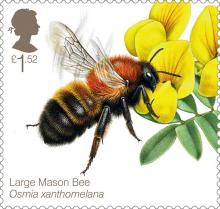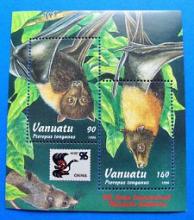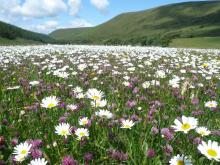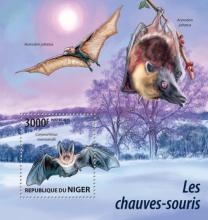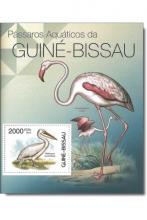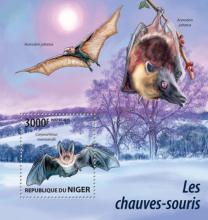Pestizideinsatz ließ Bienenbestände in Großbritannien seit 2002 massiv schrumpfen
Pflanzenschutzmittel aus der Gruppe der Neonicotinoide können nicht nur Honigbienen, sondern auch Wildbienen und Schmetterlinge gefährden. Das zeigen einmal mehr aktuelle Forschungsergebnisse britischer, US-amerikanischer und deutscher Wissenschafter. Für ihre Untersuchung analysierten Forscher um den Entomologen Ben Woodcock, wie sich der großflächige Einsatz von Neonicotinoiden auf 62 Wildbienen-Arten in Großbritannien von 1994 bis 2011 auswirkte. 2002 waren die Pestizide dort erstmals zugelassen worden.

